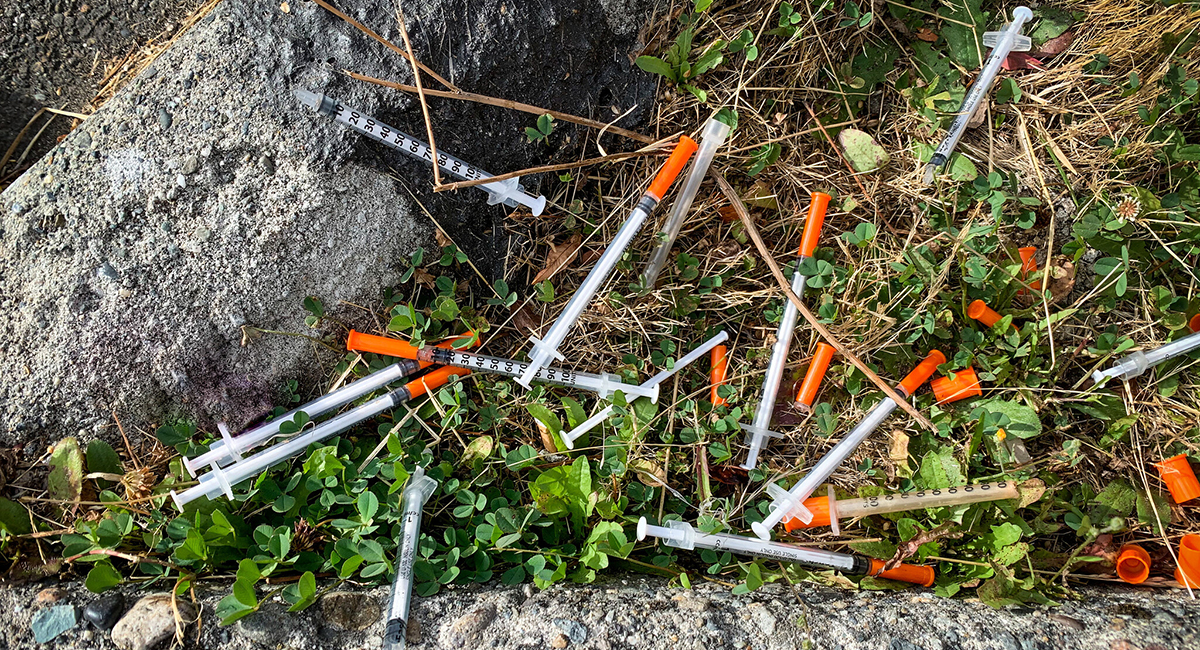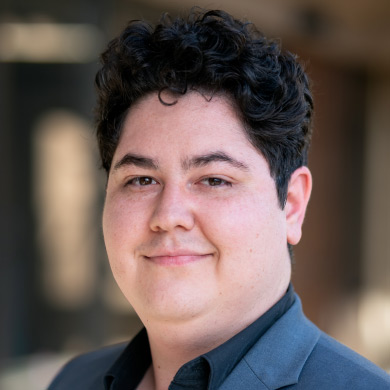“Leaving people untreated is murder.” That’s how celebrity doctor and addiction expert Drew Pinksy talks about homelessness in California. If you turn in any direction on a Bay Area street, you’ll see what Pinsky sees—a human tragedy compounded by substance abuse and mental health issues.
Over the last few decades, a new treatment approach called harm reduction has gained popularity. Harm reduction emphasizes education and mitigation strategies, especially for substance abuse. But when harm reduction programs falter because of their poor mix with other government programs or are undermined by their very practitioners, they can hinder recovery efforts at the peril of the clients and the public.
The Drug Policy Alliance, which advocates harm reduction, describes several tenets of the approach, including improving access to drugs that reverse opioid overdoses, such as naloxone, protecting individuals who report drug use to emergency services, including self-reporting and expanding sterile-syringe access in order to lower transmission of infectious diseases.
What harm reduction broadly promises is better net public health outcomes at a lower cost. Harm reduction strategies have had many successes, which cannot be understated.
For example, San Francisco’s Drug Overdose Prevention and Education Project gave out more than 50,000 doses of the life-saving naloxone in 2020, reversing at least 4,300 drug overdoses.
A National Research Council and Institute of Medicine panel found that reported needle sharing among injection drug users declined sharply in a study of safe injection and needle exchange programs. A study of a San Francisco safe injection clinic reported that the clinic “resulted in a 47 percent decrease in surgical service admissions and an estimated savings of over $8 million for costs related to [injection-related infections].” The study also reported that an Oakland clinic “found that the average cost per individual treated ... was $5, substantially lower than equivalent hospital costs of $185 and $360.”
Though harm reduction interventions can reduce the rate of adverse medical events, other problems can arise. Harm reduction needs to do what its name implies: reduce the long-term harm of substance abuse and enable recovery. Under the current approach, however, the onus rests largely on individuals to know that such services are available and to seek them out.
Housing First, the prevailing national model of addressing homelessness, incorporates a harm reduction approach that can range from no supportive services to the provision of paraphernalia but does not require clients to utilize recovery services, leaving many residents with unaddressed trauma. Because of the lack of recovery services, the evidence suggests that the combination of harm reduction and Housing First does not improve health outcomes or reduce health care costs.
What’s more, those in recovery or who have completed their recovery can be sent to a Housing First community with active drug users. This undermines their efforts to stay clean and contributes to a revolving door, whereby individuals cycle between the streets and programs. An American Psychiatric Association report found that "[The] majority of studies found no effect of permanent supportive housing (Housing First approach) on psychological symptoms or alcohol or drug use."
Medical litter is also a quickly mounting problem. In the 12 weeks following the opening of North America’s first safe injection site in Canada in 2003, public injection of drugs and biohazardous waste declined. But San Francisco distributes more needles than are turned in. Of the 5.8 million needles distributed in 2018, 2 million were unaccounted for. The program had no requirement to turn in used ones, so many of them ended up in the street.
To deal with the surge in waste, Mayor London Breed proposed spending an additional $13 million over two years on street-cleaning efforts! Clearly more is needed.
Instead of a fractured system of services splintered across the city, San Francisco should learn from places like San Antonio, Texas, which has shelters with short-term and transitional housing, recovery services, counseling, job training and mental and physical welfare services. A “one-stop shop” can assist in providing a tailored approach to each individual.
The city’s refusal to reform condemns the homeless to the status quo and leaves possible improvements on the table.








